Description
This is the first-ever recording in the world! This weekend, a new page will be added to the 1975 Pink Floyd! Fans around the world are waiting for the first-ever recording of Floyd. Of course, this doesn’t happen very often, but when one or two come out each year, we are excited to learn new and interesting perspectives on the performance. It would be even better if the sound quality was good, but that would be too good… No, this weekend, such blissful luxury will become a reality for the first time in a long time! Let me introduce it to you. This time, the recording was made at Three Rivers Stadium in Pittsburgh, PA, USA on June 20, 1975. Although it has been demolished now, this was once the home stadium of a professional sports team in western Pennsylvania, and it seems to have been a very popular venue for various events at the time. According to the records, Floyd performed in front of about 50,000 people (!!) on this day, but for some reason, the recording that recorded it was incomplete and had poor sound quality, and the only tapered sound source (※ For convenience, let’s call it “Recorder 1” …) with a recording time of only 36 minutes with a jumble of songs. Of course, because of such low quality, it has never been made into a record, and the reality is that only a few hardcore enthusiasts knew about a part of the show through the poor Recorder 1. However, what was unearthed this time was a 2 hour 16 minute take of the entire show. Moreover, it was “Recorder 2”, a completely separate recording from Recorder 1, and it is a super-secret source that has been completely unknown for about 42 years! It is a great achievement that the entire show of this day has appeared for the first time in 42 years, but it suddenly appeared with shocking high sound quality, which is a big deal. It is hard to believe that this is a stadium AUD recording from about 42 years ago, but the performance sound is close and clear, the sound is also outstanding, and the more you listen to it, the more you will be surprised at the quality of the sound. This latest work is the world’s first sound recording of this, but the original sound is a cassette master sound recorded using three TDK ED C-60s (one tape for the first half of the show, one for the second half, and the introduction to the encore and “Echoes” are recorded on the remaining one). What I would like to point out here is that he used the ED series for recording. This is a high-end model of the SD type that was common in TDK normal positions in 1975, and it is a tape released for audiophiles rather than the general public. In fact, I, a Sigma staff member writing this (I am a cassette tape maniac. lol), often used it, and it was a tape that was clearly different from SD in terms of hearing, and it was characterized by its heavy and clear sound quality. In other words, it is no exaggeration to say that the fact that this tape was used at the time speaks directly of the quality of the recorded sound, and this work has an outstanding sound quality that inherits its characteristics (= thick and transparent) as it is. However, due to the nature of the 60-minute tape released online, cuts were made about every 30 minutes due to tape changes. Specifically, there are only a few moments at the beginning of the intro of “Shine On … (Parts I-V)” and the guitar solo of “Money”, but in this work, these are cross-faded for the world’s first recording, so that they can be heard without any discomfort at all (※ Fortunately, the tape flip occurs at each cut point, like a gap between sounds, which is almost inaudible to the ear, and if it wasn’t written like this, you would not notice that there were cuts in the original tape). However, there is no particular hiss noise other than this, and only a slight pitch deviation has been adjusted. But even the 21st century digital sound technology, modern sound sense, and the staff of this label, who are particularly strict about sound quality, listened to it in such an outstanding recording state that there was no room for or need for correction, so the high quality is simply amazing. The recording first contains a full two-minute tuning scene before the performance begins, and since the sounds of each instrument heard here are quite close, I think that the expectations for the performance sound reach a peak at once, but at the same time, you can also tell that this recording position was quite good. Then, with the start of “Raving and Drooling”, the expectations and premonitions are largely hit. Led by the rich texture of the bass, the amazingly vivid tone rises up, and while the thick, deep sound unique to the ED tape sways greatly, the melody of that early expression rises in a wonderful passage. In “You Gotta Be Crazy”, the sensual sound slowly spreads throughout the place, and you will be trembling at the sight of Gilmore’s singing voice, including Miss Ward, and the organ sound stretching outward. Not only does the example of the guitar and organ suddenly cry out, but the two-note melody collide like lightning, and the movements of the bass and drums, which tend to be buried, can be heard perfectly, and the shading and scale of the expression were particularly large on this day. The sound of firecrackers exploding all over the venue (and even the sound of someone sneezing) is also included, so it’s nice to be able to hear the documentary-like activities on site. In “Shine On… (Parts I-V)”, the guitar in the introduction pops out with a wet, moist tone, and rises up with an unusually vivid tone and sound. Even after the singing begins, you can see how many beautiful shadows are created in the ensemble, and the closeness and tone of the saxophone by Dick Barry, who comes in halfway through, is outstanding, and the dynamic sound swelling and spread of the melody are sure to be remarkable. The second half of “Shine On… (Parts VI-IX)” is also intense, with a dense play and a sense of speed that accumulates and is released in a super close sound full of tension. You will be surprised by the amount of low-frequency sound that makes the bass sound even feel spacious, and it is also noteworthy that the funky jam in the second half is played much longer than the other days. In the second half of the show, the introduction “Speak To Me” starts with the heartbeat sound, and a tremendous sound image that even modern surround is turned upside down appears. Moreover, this is recorded uncut for about 6 minutes (!!), which will be astonishing. It is rare to record such a long start of the second part in a recording from that time. In “Time”, the fluctuation and brilliance of the sound caused by the collision of single notes is three-dimensional, and you can get a vivid sound image of what effect the quadrophonic sound on the day was heard from the position of the recording machine. I was also surprised by the sharp expression and strong sound of the guitar here, but I was surprised that the female backup harmony was also picked up clearly without being crushed by this. In “The Great Gig In The Sky”, the guitar single notes and scattered piano melodies are recorded with extraordinary clarity, and in the scene where the female chorus develops from there, you can enjoy the strong and dazzling sound diffusion like the sunlight of a late summer evening. “Money” is a song with a series of scenes with excellent sound instantaneity. The guitar solo with a jangly tone is also a must-see scene where you can follow the bold jump scale that is characteristic of Gilmore with a close sound, and the high recording ability that allows you to listen to it all the way to the end of the song stands out. In “Us and Them”, led by the sharp tone of the organ, the thick and dynamic ensemble leaves a dense listening response. The contrast between Gilmore’s voice, which appears to come out from the mid-range, and the female chorus is also clear and has a long extension, and this is also a scene where the characteristics of the ED tape are well displayed. In “Brain Damage,” not only can you follow the unique sound of this day, which is created by each instrument and three voices, but also delivers the musical inflection leading to “Eclipse” with a tremendous original sound power while creating a large accumulation in the final song. It can also be said that the tuning scene after the final song is included for about 1 minute and 30 seconds. “Echoes” has a high-quality sound, and the intersection of the sonar sound and the deep sound of the slide guitar stands out dazzlingly. The albatross’s cry also has a closeness and sharpness that makes you feel the rich musical interline, and the saxophone-colored end, which is typical of 1975, has a beautiful sound and you can follow the music of this day soaring high to the end. Such dense musical energy has been lurking for about 42 years, and it is the ecstasy and intoxication that is released for the first time. I think that is the appeal of this work. The joy of encountering interesting approaches unique to the 1975 performance, which we had not known until now, with such high quality sound, is exceptional, and I do not know when I will next encounter such a good sound source. Live at Three Rivers Stadium, Pittsburgh, PA. USA 20th June 1975 Disc 1 (57:40) 1. Intro. 2. Raving and Drooling 3. You Gotta Be Crazy 4. Shine On You Crazy Diamond (Parts I-V) 5. Have A Cigar 6. Shine On You Crazy Diamond (Parts VI-IX) Disc 2 (78:04) The Dark Side Of The Moon 1. Speak To Me 2. Breathe 3. On The Run 4. Time 5. Breathe (reprise) 6. The Great Gig In The Sky 7. Money 8. Us and Them 9. Any Color You Like 10. Brain Damage 11. Eclipse 12. Echoes (Encore)
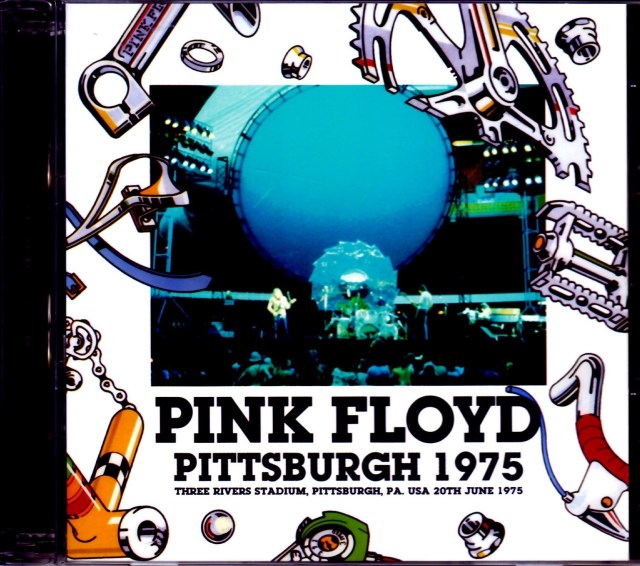

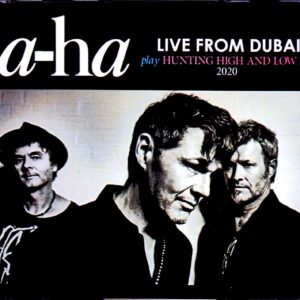
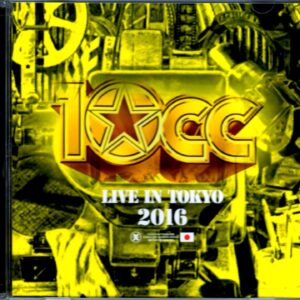
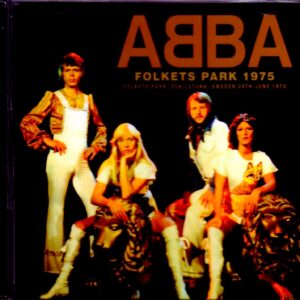
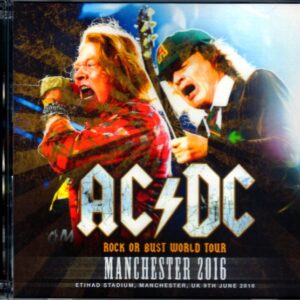
Reviews
There are no reviews yet.